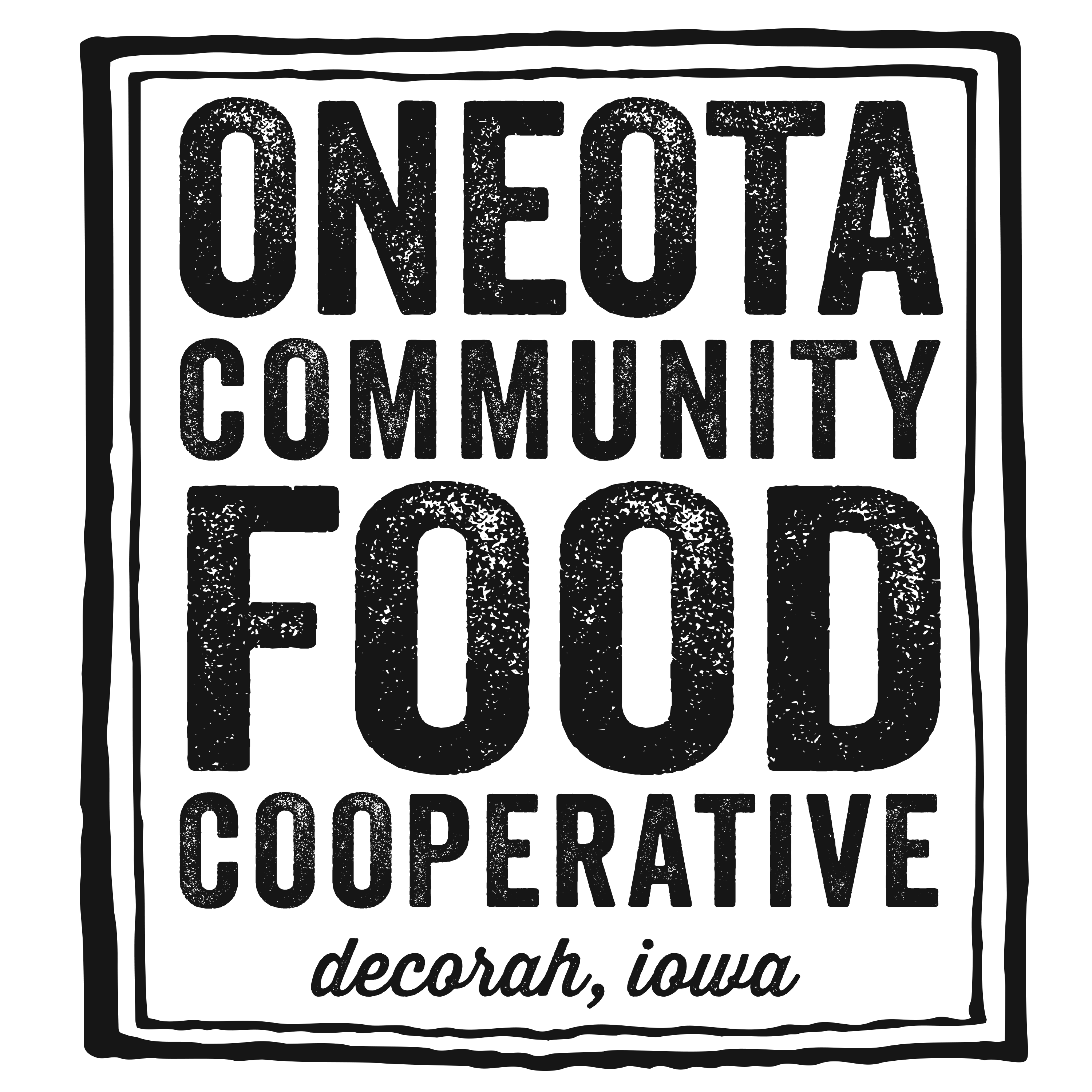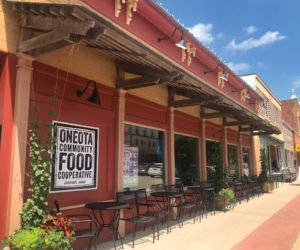By: Rachel Sandhorst, Co-op Member/Owner
I am not a Luther alum, but I am married to one. One of the perks of this union is the Luther Alumni Magazine. When it arrives in our mailbox every few months, I immediately start thumbing through the alumni news. I don’t even know anyone and yet I am curious about what all the alums are doing these days. That is how I came across Liz Heinecke, who incidentally graduated the same year my husband did. Heinecke is a scientist and mother who recently published Kitchen Science Lab for Kids, a how-to book on doing science at home with household materials.
I am also a mother, and while I never worked in a lab, I use to teach high school science. But the extent of doing kitchen chemistry with my kids is giving them baking soda and vinegar to clean the toilet. (The bubbles make cleaning the toilet bowl at least bearable). So when I read about Heinecke’s book in the Alumni magazine, I had to check it out. It was high time we started adding a little more chemistry to our lives.
Our wonderful local bookstore, Dragonfly Books, had the book in stock so I went to town the next day and bought it. The best part – I’ve actually used it. The book is a great resource for doing science at home. There are 52 experiments, all with very clear directions, common ingredients from around the house and good photos. The background information is helpful, and the book is filled with ideas of how to get kids interested in science. There are safety tips throughout the book and enrichment ideas as well. The book goes beyond chemistry with experiments in physics (Marshmallow Slingshots, anyone?) and biology (there’s some creative botany in Vegetable Vampires).
Some of the experiments are old favorites, like making Cornstarch Goo and Rock Candy. But there are lots of new ideas that we are ready to try. Most of the materials are things I have one hand, such as eggs, sugar, food coloring, salt, and of course, baking soda and vinegar. Any other materials I don’t have are easily purchased at a grocery store and inexpensive like 2L Diet Coke, alum, unflavored gelatin, or cranberries. We don’t need special planning for most of the experiments – just grab a few things from the kitchen and start having fun.
The sections in the book are broad, and include chemical reactions, polymers, microbiology, rocket science and sunny science. Likewise, the ages are broad – toddlers through teens will find interesting, exciting science in this book. My family has really enjoyed our Kitchen Science Lab and we have lots of pages marked for things we still want to do. We have moved beyond toilet bowl reactions and are gearing up for more science fun in the kitchen.



